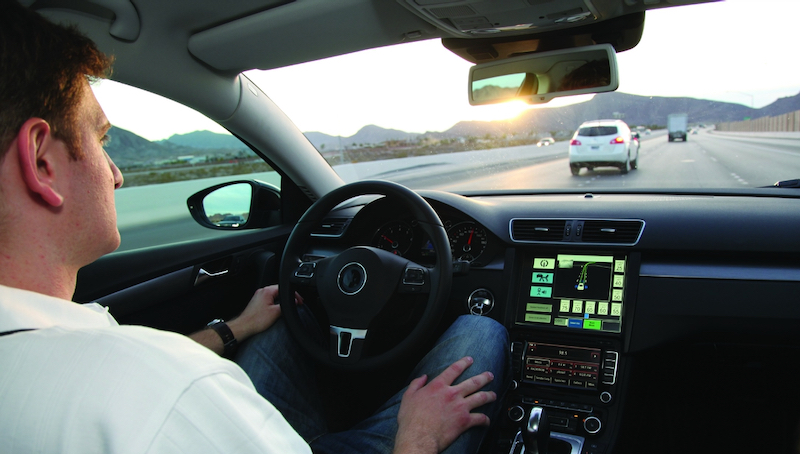In a first of its kind study, federal transportation officials have surveyed crashes associated with automated driving systems or driver assisted systems. They found more than 500 crashes and six deaths over the past 10 months.
The study cited 130 crashes since July 2021 linked to automated driving systems (ADS), which are not yet available for purchase by the public. One crash resulted in a serious injury. ADS is an entirely hands-free technology.
There were 392 crashes linked to driver assisted systems (ADAS), which are in limited use on U.S. roadways. There were six fatalities and five serious injuries in this category. ADAS systems require a human driver.
Automated driving pioneer Tesla had the clear majority of vehicles involved in crashes, 273. Tesla is believed to have roughly 830,000 vehicles with partially automated systems on the road, the most of any automaker. Honda and Subaru both reported crashes in double figures.
A year ago, the National Highway Traffic Safety Administration (NHTSA) ordered automakers to report crashes involving the automated and assisted systems. The study covers mid-July through mid-May.
Steven Cliff, NHTSA’s administrator, said: “New vehicle technologies have the potential to help prevent crashes, reduce crash severity and save lives, and the department is interested in fostering technologies that are proven to do so; collecting this data is an important step in that effort.”
He warned, however, that “the data alone may raise more questions than they answer.”
The agency cautioned that reporting was still inconsistent, dependent in part on the availability of telematics and consumer complaints. Tesla collects real-time data, resulting in fast reporting. Honda has complained that consumer reports may be unreliable. The agency said the data did not account for number of vehicles on the road or total miles driven, and so “cannot be used to compare the safety of manufacturers against one another.”
Still, the report, which will become monthly, is a significant step forward, officials said.
“Prior to the implementation of the (order), NHTSA’s sources of timely crash notifications were limited and generally inconsistent across manufacturers, including developers,” the agency said.
ADS-equipped vehicles are designed to perform all tasks usually performed by a human. “They are in limited use on public roads around the country for testing various mobility types, including ride hailing, shuttle services, and delivering goods,” the NHTSA said. Alphabet’s Waymo and GM’s Cruise do operate public transport, though. Apple, which reportedly has been working on an automated vehicle for years, reported one crash.
SAE L2 ADAS are “increasingly common features” and perform functions such as lane-centering assistance and adaptive cruise control. They are designed to provide support to drivers, not automate the vehicle operation.
The transportation safety agency reportedly has probed at least 30 incidents involving Tesla vehicles with advanced driver assistant systems such as its Autopilot.


